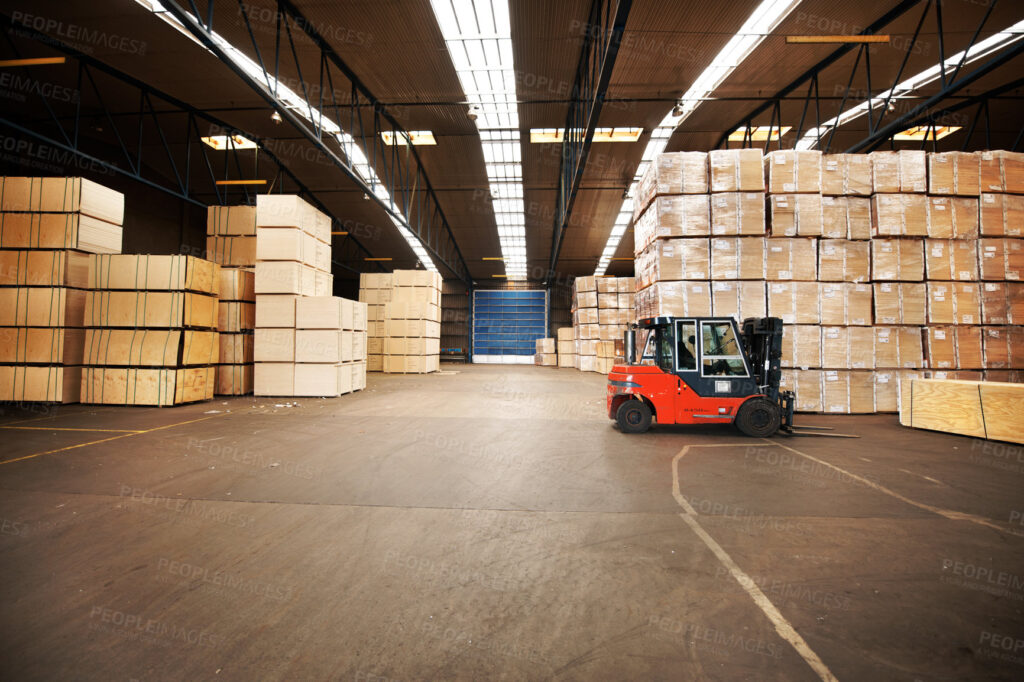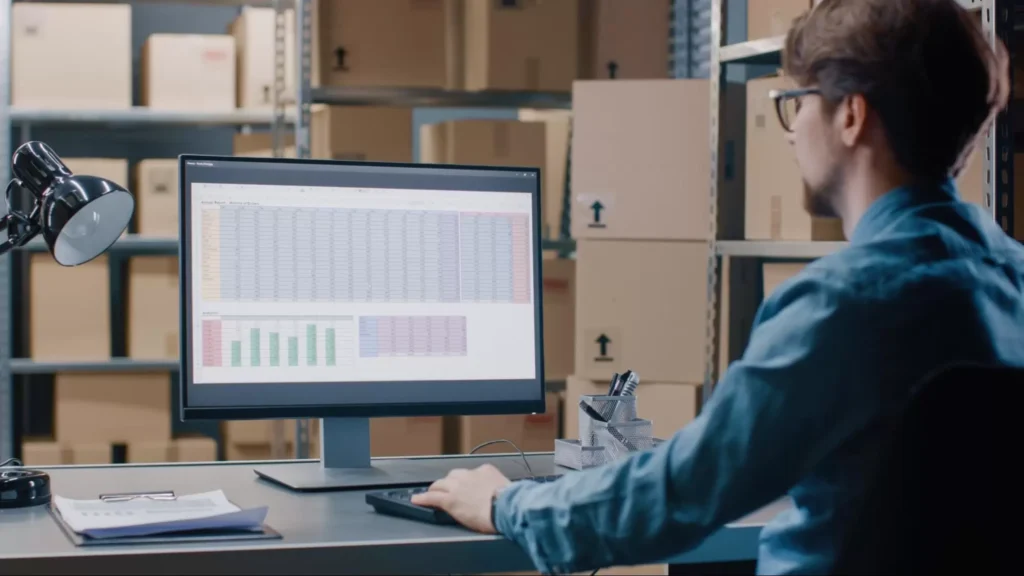In the world of business, the ability to predict and meet consumer demands accurately is like having a crystal ball that reveals the future. This indispensable tool is known as demand forecasting, and in today’s fast-paced, data-driven landscape, it’s more critical than ever. In this blog, we’ll dive into the exciting world of demand forecasting, exploring its importance, key techniques, and how it’s evolving to meet the demands of modern business.
The Essence of Demand Forecasting
Imagine you run a retail business, and your goal is to keep just the right amount of inventory in stock. Stock too much, and you tie up valuable capital and storage space while risking obsolescence. Stock too little, and you risk stockouts, disappointed customers, and lost revenue. Demand forecasting is the process that helps you strike the perfect balance.
Demand forecasting involves using historical data, market trends, and various statistical and mathematical techniques to predict future demand for products or services accurately. The primary objective is to optimise inventory levels, production schedules, and supply chain operations to meet customer demand while minimising excess inventory costs.
The Traditional vs. Modern Approach

Traditional methods relied on historical data and basic statistics, while modern approaches harness big data, AI, and collaboration to make highly accurate predictions and adapt to dynamic markets
Traditional Demand Forecasting
Traditional demand forecasting relied heavily on historical data and simple statistical methods. Businesses often used moving averages, weighted averages, or exponential smoothing to make predictions. While these methods could provide reasonably accurate forecasts for stable markets, they struggled in the face of dynamic and rapidly changing environments.
Modern Demand Forecasting
Today’s demand forecasting is a different beast altogether, thanks to technological advancements and the abundance of data. Modern businesses leverage the following approaches and techniques:
Big Data and Analytics
Companies tap into vast amounts of data from various sources, including sales records, customer feedback, social media, and market trends. Advanced analytics and machine learning algorithms crunch this data to make highly accurate predictions.
AI and Machine Learning
Artificial intelligence and machine learning have taken demand forecasting to new heights. These technologies can uncover intricate patterns, detect anomalies, and adapt to changing conditions in real-time. This dynamic approach improves forecast accuracy significantly.
Collaborative Forecasting
Modern forecasting is a collaborative effort, involving input from multiple departments, such as sales, marketing, finance, and supply chain. Cross-functional teams work together to provide insights and data for more accurate predictions.
Predictive Analytics
Predictive analytics tools use historical data and advanced statistical models to make forecasts. They can factor in various external variables like economic indicators, weather, and even geopolitical events that might impact demand.
Demand Sensing:
Demand sensing is all about short-term forecasting. By analysing real-time data, such as point-of-sale information and social media trends, businesses can adjust their strategies quickly to meet immediate demand fluctuations.
Why Demand Forecasting Matters
Demand forecasting is more than just a business buzzword; it’s the linchpin that holds together various critical business functions. Here’s why it matters:
Inventory Management
Accurate demand forecasts help businesses maintain optimal inventory levels. This prevents overstocking (which ties up capital and storage space) and stockouts (which lead to lost sales and unhappy customers).
Production Planning
For manufacturers, demand forecasts are vital for planning production schedules. Producing too much or too little can be costly and inefficient. A precise forecast ensures efficient resource utilisation and minimises waste.
Supply Chain Efficiency
Supply chains are complex, involving multiple partners and processes. Demand forecasts enable businesses to coordinate these efforts better, reducing lead times and transportation costs.
Customer Satisfaction
Customers today expect products to be available when and where they want them. Meeting these expectations requires a deep understanding of demand patterns, which demand forecasting provides.
Financial Planning
Accurate forecasts are essential for budgeting and financial planning. They help businesses allocate resources effectively and make informed investment decisions.
Innovations Shaping Future of Demand Forecasting

The demand forecasting landscape is continually evolving. Here are some exciting innovations that are shaping its future:
Demand Forecasting in the Cloud
Cloud-based solutions are gaining popularity because they offer scalability, flexibility, and accessibility. Businesses can access forecasting tools and data from anywhere, allowing for more agile decision-making.
Advanced Data Integration
Demand forecasting systems are becoming more adept at integrating data from various sources, providing a holistic view of market conditions and consumer behavior.
IoT and Sensor Data
The Internet of Things (IoT) and sensor data are providing real-time insights into consumer behavior and product usage. These data sources are invaluable for demand sensing and short-term forecasting.
Blockchain for Transparency
Blockchain technology is being explored to enhance transparency in supply chains. This can lead to more accurate demand forecasts by reducing the impact of information asymmetry.
Ethical and Sustainable Forecasting
As sustainability becomes a core focus for businesses, demand-forecasting is evolving to account for eco-friendly practices and ethical considerations. Sustainable forecasting aims to reduce waste, minimise carbon footprints, and promote ethical sourcing.
The Future of Business Lies in Forecasting
As we navigate an increasingly complex and interconnected business landscape, demand-forecasting remains a cornerstone of success. Modern techniques powered by big data, AI, and collaboration are transforming the way businesses predict and meet consumer demands. Embracing these innovations and staying vigilant about potential pitfalls will enable companies to thrive in an ever-evolving market.
Conclusion
In conclusion, demand-forecasting isn’t just a tool; it’s a strategic advantage. It’s the compass that guides businesses through turbulent seas, helping them navigate the ever-changing currents of consumer preferences and market dynamics. In the end, it’s not just about predicting demand; it’s about shaping the future of your business.
Feel free to check out some of our other linked blogs below. If you would like any more information, our trusted consultants are on hand to answer any questions, simply fill out the Contact Us form below.




